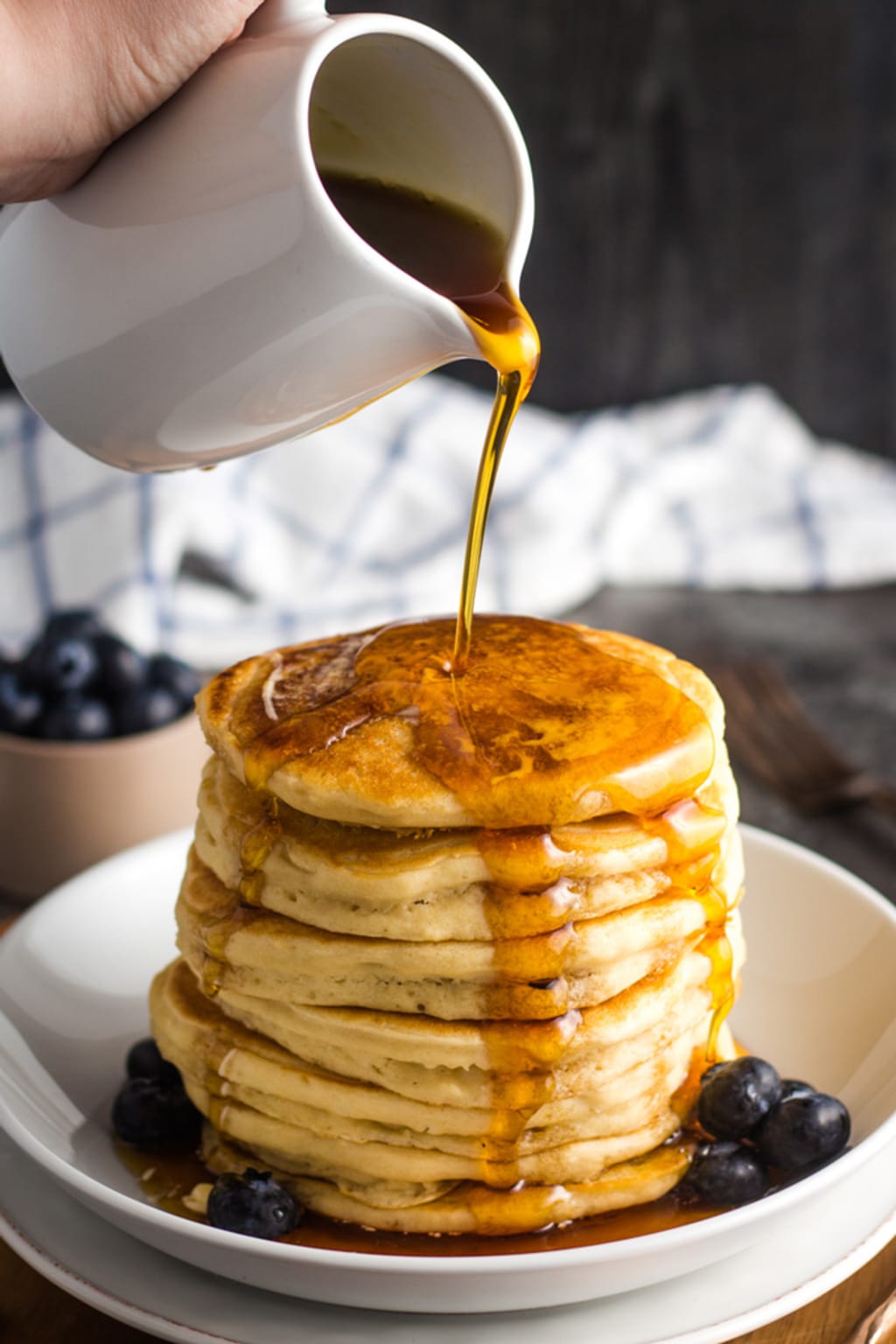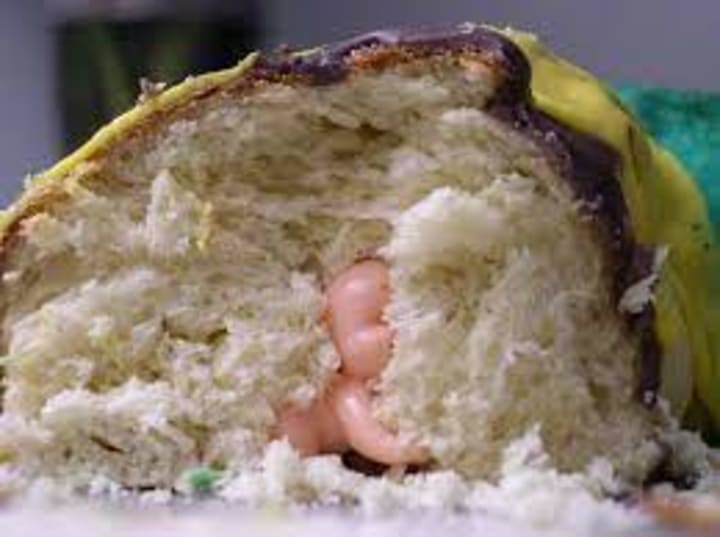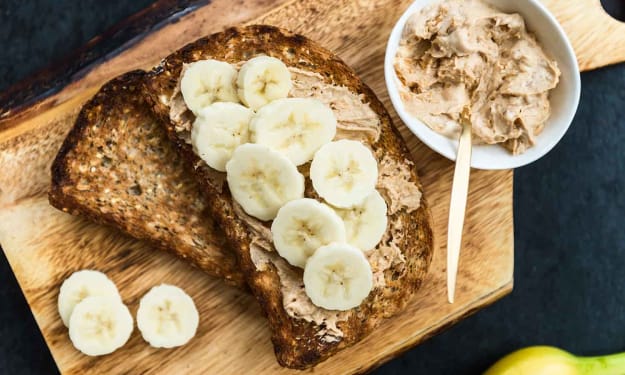Vegan Pancakes
How to create the fluffiest, airy, and lightest American pancakes

Every Shrove Tuesday here in the UK millions of children look forward to the annual intake of pancakes, not the sort of pancakes that are eaten as a breakfast treat, but heavy stodgy pancakes designed to fill the empty belly and satisfy the hungry child.
Shrove Tuesday is otherwise known as pancake day in countries all over the world, In America, every day is pancake day. Shrove Tuesday isn’t celebrated there the way it is here in the UK. they do Mardi Gras instead. King cake, seafood gumbo, jambalaya, red beans, and rice, and other Cajun and creole favourites! I suppose you could add pancakes into the mix, but most think beignets are more fun. Beignets are French doughnuts, made up with yeast, sweetened dough, squared cuts. and then fried. Then dusted with powdered sugar. They are known to be light, airy like and pillowy pastries.

The term Mardi Gras is French for Fat Tuesday, referring to the practice of the last night of eating richer, fatty foods before the ritual fasting of the Lenten season, which begins on Ash Wednesday. In the southern states of the US, 'king cake' is eaten to celebrate Mardi Gras. Traditionally a ring of twisted cinnamon dough and topped with icing or sugar, it often has a small plastic baby inside. The baby represents baby Jesus and finding it in your slice is an honour.

The expression Shrove Tuesday comes from the word shrive, meaning absolve. Shrove Tuesday is observed by many Christians, including Anglicans, Lutherans, Methodists, and Roman Catholics, the verb to shrive describes the act of hearing a confession, often by a priest.
The day marks the end of Pre-Lenten Season, also known as Shrovetide. The period begins on Septuagesima, three Sundays before Ash Wednesday. The other two Sundays in this 17-day period are called Sexagesima and Quinquagesima.
Shrovetide was traditionally seen as a chance to indulge before the prohibitive period of Lent and is tied to Carnival seasons celebrated in other parts of the world.
It was once known as a "half-holiday" in Britain. The day started at 11:00 am with the ringing of the local church bell. On Pancake Day itself, "pancake races" are held in villages and towns across the country. This age-old tradition started way back in 1445 when a housewife from Olney, Buckinghamshire, was up to ears making pancakes, time slipped by, then she heard the church bells ringing calling the worshippers to service. She raced out of the house to church while still clutching the frying pan and pancake, she began tossing it to prevent it from burning.
Today the pancake race remains a real tradition in the UK, especially England. Participants with frying pans race through the streets tossing pancakes into the air and catching them in the pan while running. The pancake race at Olney traditionally has female contestants who carry a frying pan and race over a 415-yard course to the finishing line. The rules are very strict, contestants must toss the pancake at the start of the race, and at the finish, they must also wear a scarf and apron as the original lady would have done.

Even though it is enshrined in Christian tradition, it is believed that Pancake Day as we know it today may have originated in a pagan holiday, when eating warm, round pancakes - symbolising the sun - was a way of welcoming the arrival of spring.
Traditionally, pancakes were eaten on this day to use up rich, indulgent foods like eggs and milk before the fasting season of Lent began.
Here in Britain, we like to keep our pancake ingredients basic, but in Newfoundland, Canada - much like our tradition of adding a coin to our Christmas pudding mix - objects with symbolic value are added to the batter to be cooked. These items are then used to interpret different messages about the future - for example, a pancake served with a ring inside may signify marriage, or a coin may mean wealth.
Meanwhile, in France, it is traditional that while flipping a pancake you must hold a coin in one hand and make a wish. Pancake day there is known as Mardi Gras or Fat Tuesday. This goes back to the ancient ritual of parading a large ox through Paris, the reason was to remind people that eating meat was forbidden during the Lent period.
Pancake Day is much less indulgent in Iceland, where the day, known as Sprengidagur (Bursting Day or explosion day) when a heavily salted lamb is consumed with a side serving of pea soup. Traditionally, Icelanders were encouraged to eat to bursting point, during what would be their last proper meal before Lent.

Closer to home Pancake Day in Scotland is totally different, the locals like to eat "festy cock". The word festy is linked to Festern's E'en, the day before Shrove Tuesday, when cockfighting took place. The dish is prepared by rolling out a ball of finely ground oatmeal and folding it into a rough bird shape before baking and eating as a substitute for a cockerel.
The Spanish enjoy dia de la tortilla instead of Pancake Day. Usually, an omelette is eaten with sausage or other pork-related food.
On the island of Maderia, Shrove Tuesday is celebrated by deep-frying egg-sized balls of dough and coating them with sugar. They're called malasada.
All this looks and tastes so good, but what happens if you are a Vegan, are there any recipes to cater for your particular tastes? Actually, there are many, but one of my particular favourites is these American pancakes my mum used to make for my sister, they were so light and fluffy that they really did simply ‘melt in the mouth.
Ingredients
for 4 servings
• 1 cup flour (125 g)
• 2 tablespoons organic sugar
• 1 tablespoon baking powder
• ½ teaspoon salt
• 1 cup non-dairy milk (240 mL)
• 1 tablespoon apple cider vinegar
• 1 teaspoon vanilla
• maple syrup, to serve.
Nutrition Info
Calories 156
Fat 1g
Carbs 32g
Fiber 1g
Sugar 4g
Protein 3g
These estimated values are based on one serving size.
Preparation
1. In a medium bowl, add the flour, sugar, baking powder, and salt, and stir to combine.
2. In a medium bowl or liquid measuring cup, add almond milk, apple cider vinegar, and vanilla, and stir to combine.
3. Pour the liquid mixture into the dry mixture and whisk until smooth.
4. Let the batter rest for 5 minutes.
5. Pour about ½ cup (65 grams) of batter onto a nonstick pan or griddle over medium heat.
6. When the top starts to bubble, flip the pancake and cook until golden.
7. Serve warm with maple syrup.
8. Enjoy!
I mean, Is there anything more mouth-watering or self-indulgent than a stacked plate of vegan pancakes on a Saturday morning? A little bit of melted butter on top, drizzled with maple syrup…mmmm.
Feel free to throw in some add-ins like blueberries, sliced strawberries or there is a wide variety of vegan chocolate chips if you’re so inclined.
Just get that pan on and enjoy!
About the Creator
Eric Harvey
I am a grandfather of four and a father of four, I am 69 years old and i live in Kidderminster , Worcestershire in the heart of England. I have been happily married for 48 years.We lost our youngest daughter Vickie to Leukemia 7 years ago.






Comments
There are no comments for this story
Be the first to respond and start the conversation.